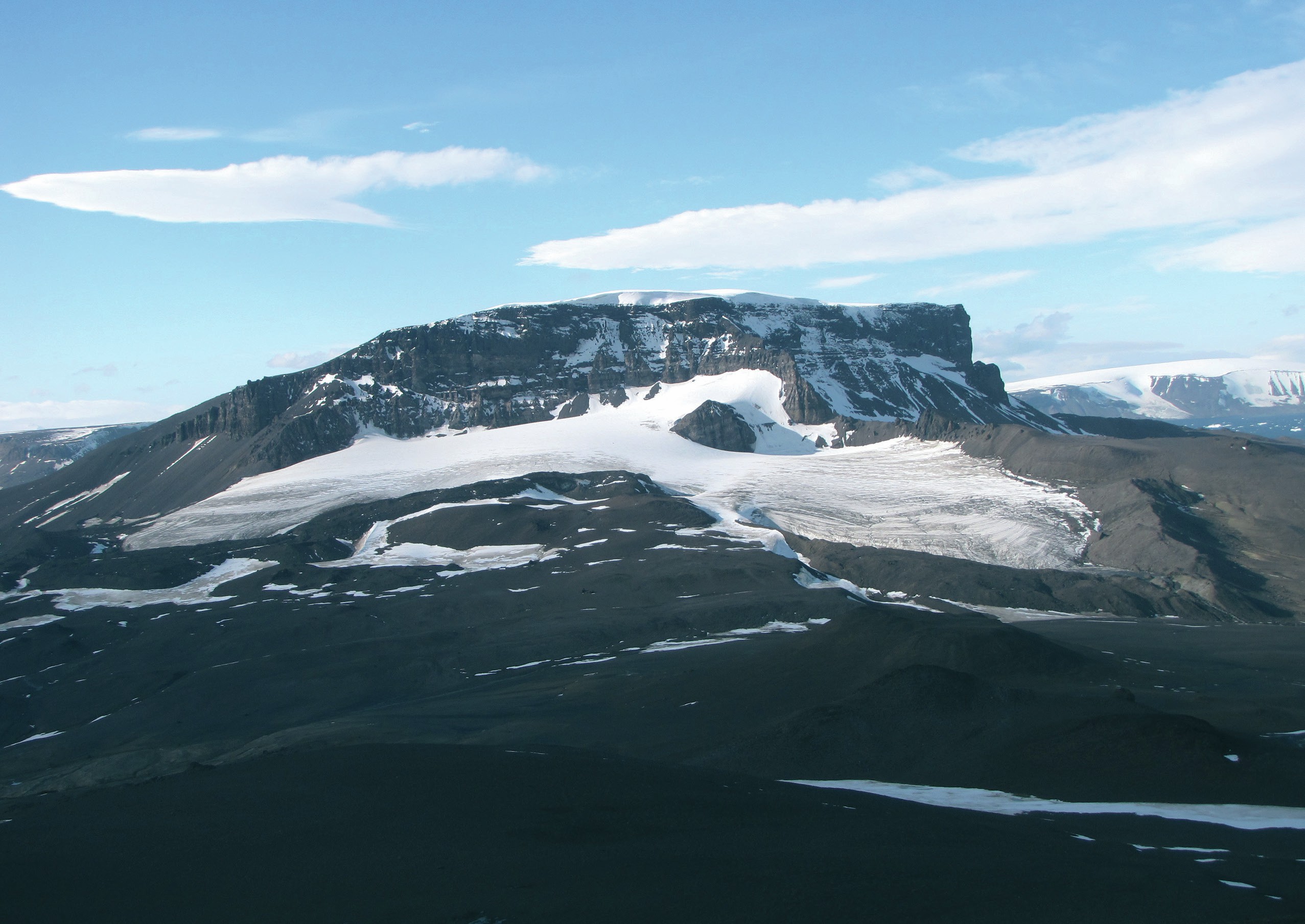
The glaciers in Antarctica are changing. The fast-f lowing great ice streams that drain from the ice sheets into the sea (Figure 1) are speeding up. Their surfaces are getting lower and their grounding lines (Box 1 and Figure 2) are retreating. Around the Antarctic Peninsula, f loating ice shelves are disintegrating (Figure 3). These ice shelves buttress and support the glaciers that flow into them, so when the ice shelves are removed, the grounding line of the glacier recedes and the ice flows faster. This increases ice discharge and contributes to sea-level rise.
These changes have potential to raise worldwide sea levels.
Your organisation does not have access to this article.
Sign up today to give your students the edge they need to achieve their best grades with subject expertise
Subscribe




